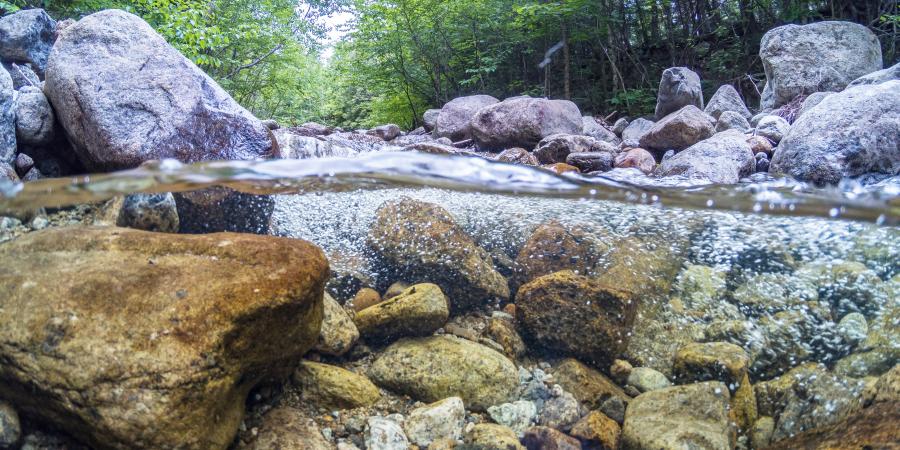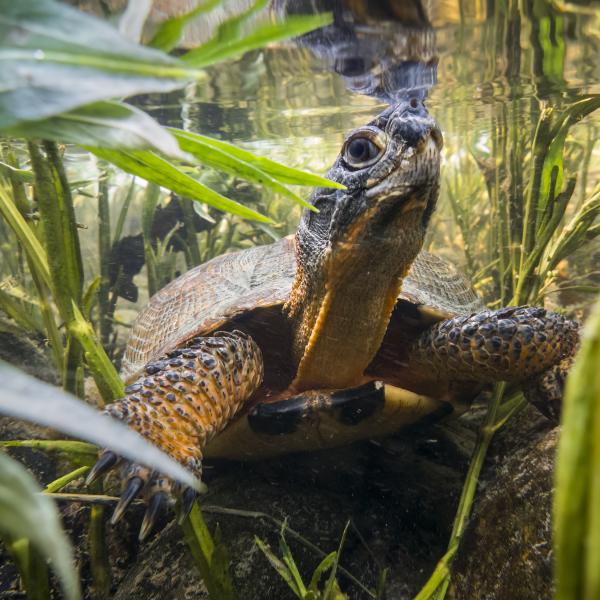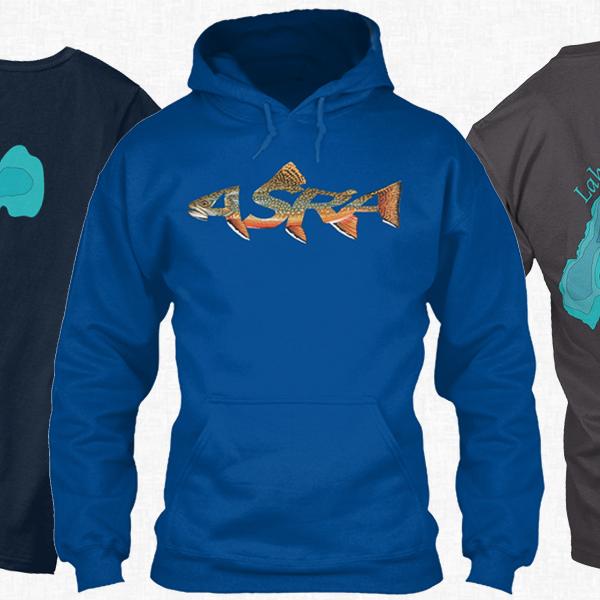For students of rivers, pools have types – detectable characteristics that exist when certain forms and processes are present. Stream scientists recognize ten major types of pools – see the chart below. How many can you find on your next visit to your favorite stream?
If you are a connoisseur of swimming holes in the Adirondacks, you've likely found yourself in a plunge pool. The drop leading to a plunge pool may be formed by a bedrock knickpoint in the stream or a long-standing buildup of rock and/or wood. In either case, the force of falling water scours the area below, creating a cool, oxygenated pool. The other type of swimming hole you've likely encountered, in low-slope rivers such as the East and West Branch Ausable, is the lateral scour pool. These are associated with outside bends in the river and can be very deep and long. On the inside of the bend, the channel will slope upward out of the pool, forming a sandy or cobble-covered point bar. Sometimes, as is the case on the long, wide bend of the West Branch's Dream Mile or in areas along River Road, two pools form without the usual riffle between them, separated by only a glide and a run, creating a compound pool. (Learn more about the order of stream features.)
If you live near or frequent one of our steeper tributaries, you'll know well the step-pool structure. This type of pool forms only in single channel streams with slopes of 2% or greater. In streams with rocky beds, experienced anglers are adept at finding hiding places for fish in faster water, where large boulders create pocket water pools. The boulders deflect flows and create small pockets of nearly still water on the downstream side. Here, small sediments suspended in the current drop out, lining the pool with sand or gravel and creating a calm environment in the midst of an otherwise active channel. Another favorite among anglers is the lateral protrusion pool, where a bankside erratic or large tree rootwad juts out from the bank into the water. Again, a pool will form downstream of the object, providing a resting and foraging space for fish.
No matter the type – and every stream has multiple pool types – pools are essential to healthy streams. They shelter fish and other aquatic life, retain cool water during summer, and help regulate and manage stream form and function. See the diagrams below, courtesy of Wildland Hydrology, for an overview of the ten commonly accepted types of pools.

Note: For the fluvial geomorphologist in training, the labels on each pool type describe the three dimensionless ratios that help define the pool types: pool length to bankfull width, maximum pool depth to mean riffle depth, and pool water surface slope to average channel slope in a measured reach.

Sign-up for our e-newsletter to get weekly updates on the latest stories from the Ausable River Association.



